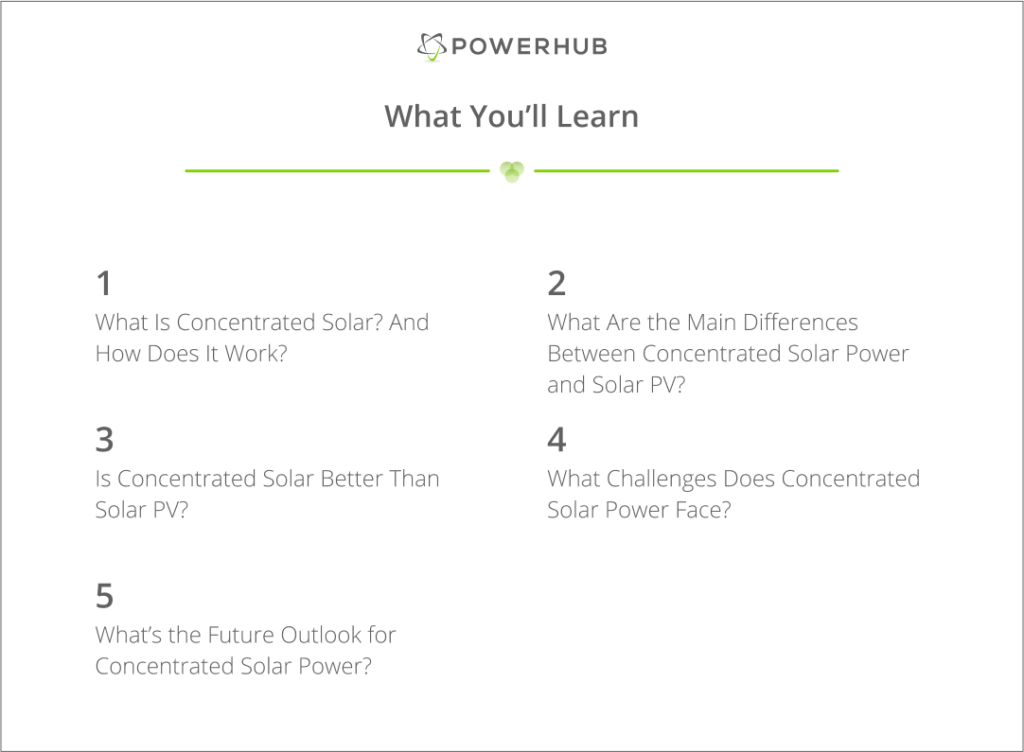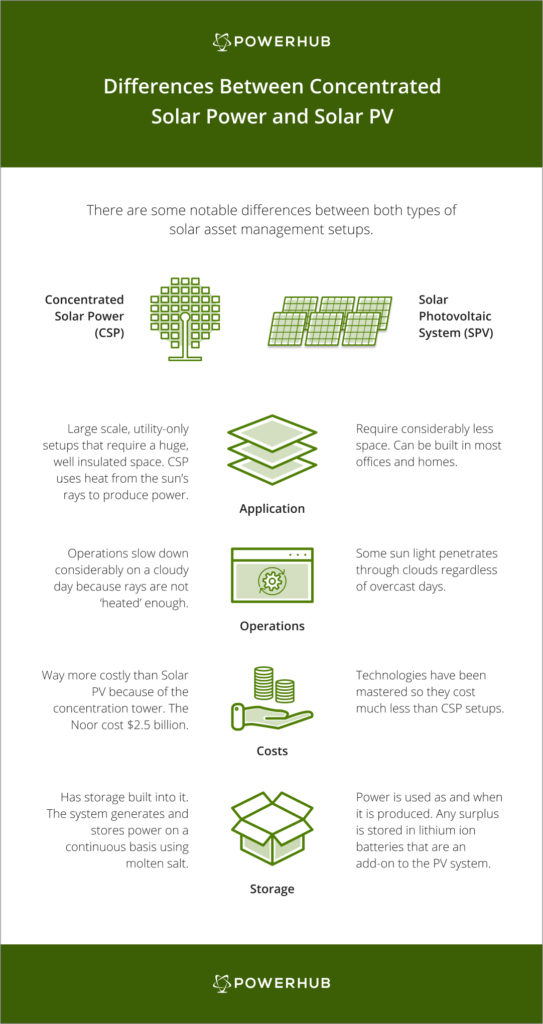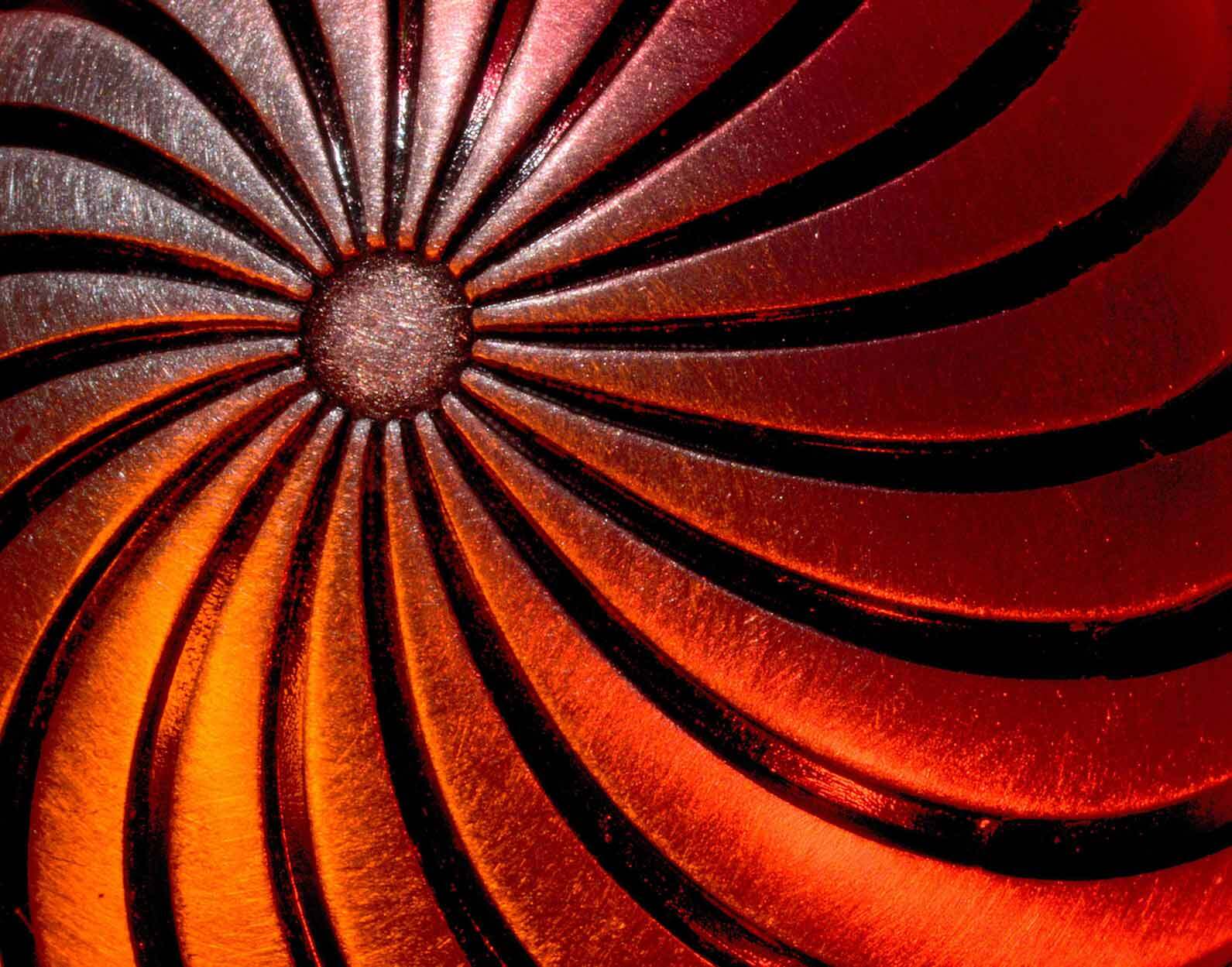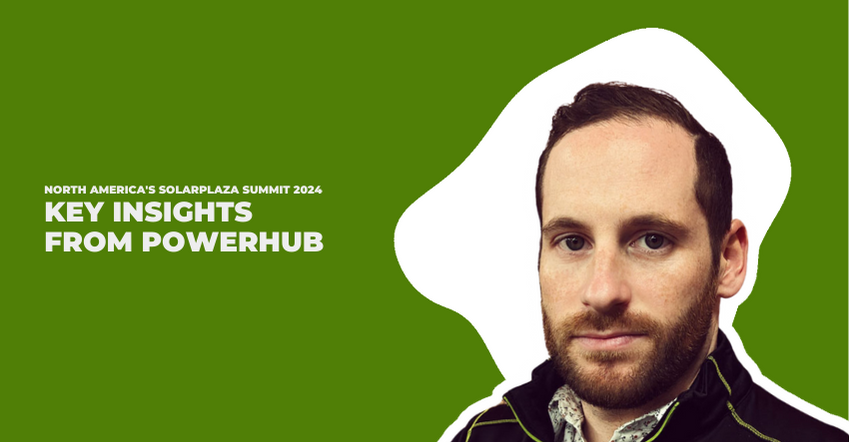Have I ever told you about my love for Morocco? Easily one of my favorite places I’ve ever been to. The aromatic spices, the lovely hospitality, the beauty of the country, and yes, I’ve tried but I cannot make couscous as good as I’ve had there. Add concentrated solar power to this mix, and won’t it just be too good to be true?
So yeah, it wouldn’t be incorrect to say that I was inspired to write this piece when I read that Morocco had built Noor. Meaning ‘light’ in Arabic, Noor is the world’s largest Concentrated Solar Power (CSP) plant, built smack in the middle of stretches of desert land.
My other reason for writing this piece – well, because I’m knee deep in solar asset management. It’s become second nature to think solar and talk solar. Explains why I’m struggling with my article on Moroccan spices. Mmmm chicken and date tagine…
Anyways, back to Concentrated Solar Power. So, when we talk about CSP, there’s way more than meets the eye. I wouldn’t call this a new type of solar. It’s been around for a while, and has been tested and experimented with globally.
Then why haven’t we heard about it as much as say, community solar? Well, that’s what I’m here to tell you. That, and the fact that concentrated solar power may just be making a big comeback as we speak.

What Is Concentrated Solar? And How Does It Work?
Concentrated Solar Power, also known as Thermal Solar, has the same underlying objective as a traditional solar system. However, the way it generates power is quite different.
In a concentrated solar power plant, curved mirrors reflect the rays of the sun to an absorption point. This focal point collects and stores the heat, and then directs it to the engine of an electricity generator.
Hence, getting power from a CSP installation is a two-phase process. The first being the conversion of sunlight to heat, and the second being the conversion of heat to electricity.
Power chambers containing molten salt store any excess warmth for later use. Since salt has a high melting point, it makes for a great storage medium for concentrated solar power.
The curved mirrors, known as heliostats, can be installed in various configurations. Some are in the form of parabolic dishes, while others are atop solar towers like the Noor plant in Morocco.
What Are the Main Differences Between Concentrated Solar Power and Solar PV?
There are some notable differences between both types of solar asset management setups. Let’s sort these differences into four major categories.

Is Concentrated Solar Better Than Solar PV?
Oh yes, the question piques everyone’s interest in renewables. Ideally, great minds in solar asset management don’t want PV and CSP to compete with each other. They belong to the same family of renewable energy generation that presents a strong front to non-green fuel.
Hence, both should work as a team.
While that is the end goal here, frankly, we’re not at that point yet. Within solar asset management, a question that looms large (especially over investors, asset owners and developers) is of bankability. They want solar to be of value – and no they don’t just mean value to the planet. For them investing in solar power is akin to any other business investment, and hence, they want to assess its profitability.
When looked at from this lens, solar PV definitely makes much more sense than concentrated solar. It has a low setup cost, doesn’t require too much oversight, and is easier to sell to the market (thanks to ever plummeting costs).
However, I do want you to change perspectives, and take a look at concentrated solar from a long-term lens. As I mentioned previously, this system has the capacity to store power for long durations. With the molten salt absorbing excess solar energy, CSP just might be the solution to the mighty duck curve in California.
My colleague has explained this concept in great detail when he talks about why solar asset managers need to focus on storage as a growing concern. Hence, it suffices to say here that the storage component of CSP solves a dilemma that us energy folks have been thinking about for a while. It can truly help us future proof renewable energy.
Therefore, there’s real value in concentrated solar. Storage of renewable power being the top advantage.
What Challenges Does Concentrated Solar Power Face?
CSP faces a handful of issues. Cost has been perhaps, the biggest hurdle in Concentrated Solar’s fame. While it may be a close cousin of solar PV, its cost is comparable to offshore wind projects that have more complex technology than traditional onshore setups.
The unsubsidized, levelized cost of producing one-megawatt hour of solar power from a thermal tower ranges between $126 to $156. Traditional solar or wind installations produce the same for $28 to $44.
So, it’s safe to say that the high cost of setup discussed in the previous section very much transfers to the end-users in the case of CSP.
Nonetheless, these costs are being driven down with considerable joint effort. Consequently, an analysis done by the International Renewable Energy Agency (IRENA) asserts that the cost of CSP fell more than any other renewable source in 2018. Overall, it has seen a 46% dip since 2010.
Concentrated solar power farms are usually built on a large scale. This helps them reap economies of scale, and makes challenging costs somewhat manageable. For instance, the Ivanpah CSP plant in California has two units, each of which can generate up to 133 megawatts of power.
However, this scale raises another concern: efficiency. The sun’s rays dissipate some of their energy as they cover the distance to the focal point on a tower.
The result? Losses and inefficiency. Some experts debate that the best way to balance this cost-efficiency quandary is to develop multiple smaller farms with 50-megawatt capacities. These farms can be clustered around a common storage tank.
What’s the Future Outlook for Concentrated Solar Power?
Concentrated solar power is definitely making a comeback. Historically, Spain has had the largest presence of these setups.
However, quite recently, the Middle East and North Africa region (MENA), along with China, have surfaced as growing markets for this type of solar installation. The latter has commissioned at least 20 thermal solar projects, some of which have begun construction already.
Another prime example is Cyprus. An island nation that has invested considerable resources in research and development of thermal solar. As a result, it has been able to cater to 60% of its demand with local production, importing the remaining from China.
Every discussion on energy generation comes down to one main determinant, i.e. investor confidence. With the cost of CSP now declining, will energy investors be ready to take part in its development? Or will they continue to choose PV solar over thermal solar?
Only time will tell.




